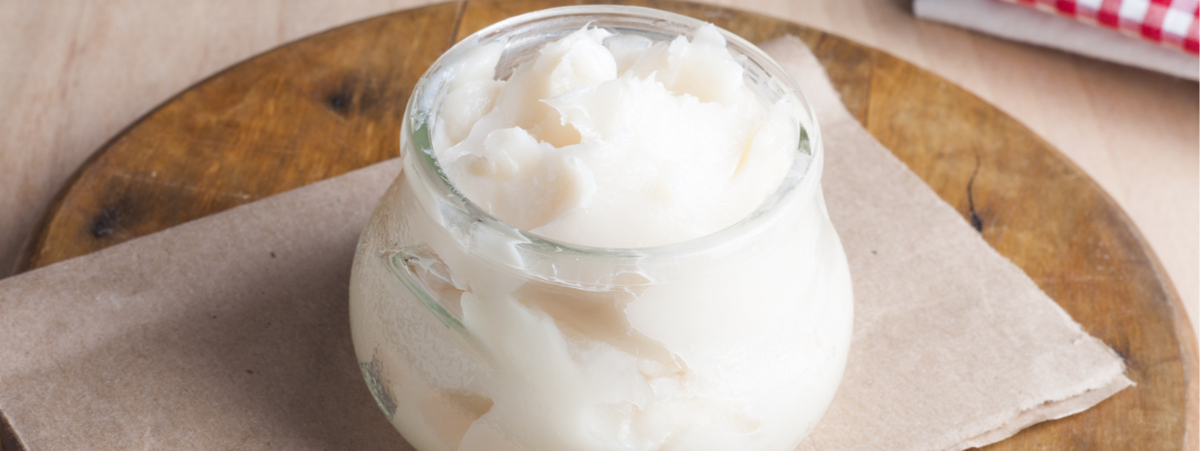Camerino is a town in the Apennines, bordering Umbria and hosting the University of Camerino, founded back in the Middle Ages. I visit an artisan butcher called Macelleria f.lli Bellesi.



I notice the freshly made strutto or lard in Venanzio and Giovanni’s counter. As it is a product or ingredient I regularly come across throughout Italy, this is an opportunity to learn more about it.
“Strutto or lard is the fat of pork located around the breast area,” Giovanni explains. “This fat is scraped off and cleaned, melted and then put into trays. The use of lard is entirely within the philosophy of the ‘cucina povera’ or ‘poor kitchen’ of throwing away nothing from an animal or food. Moreover, lard has the power to make dough rise perfectly and also imparts aroma and fragrance. Since it has a high smoke point, it is also suitable for deep-frying.” To my question whether it is good for health, Venanziano replies that lard also does contain a high percentage of saturated fats, making it not recommended for people with high cholesterol and cardiovascular risk.
Giovanni adds that although it is natural fat, it is not bad. “There are much worse oils. And the smell makes up for a lot,” Giovanni says.
Address: Macelleria f.lli Bellesi, Via Madonna dell Carceri 47, Camerino




